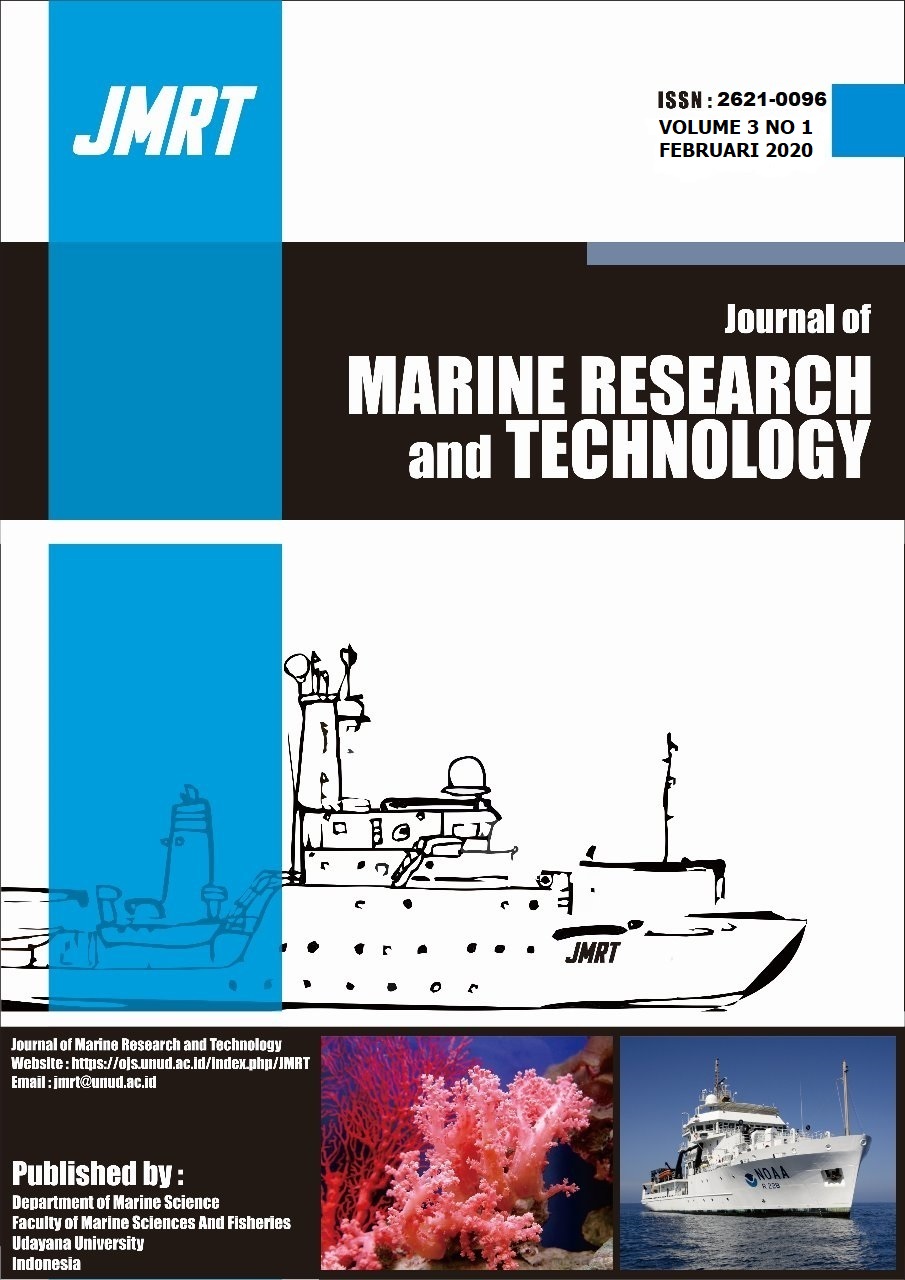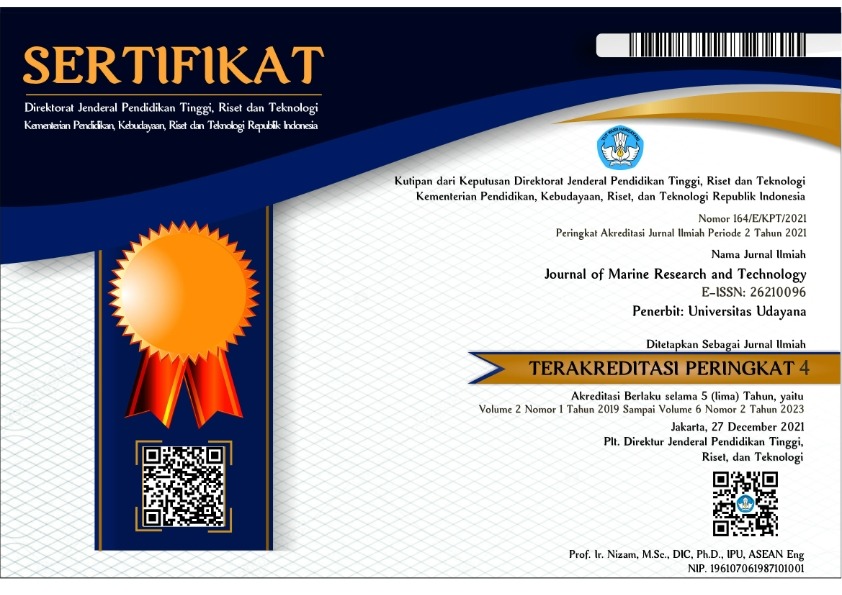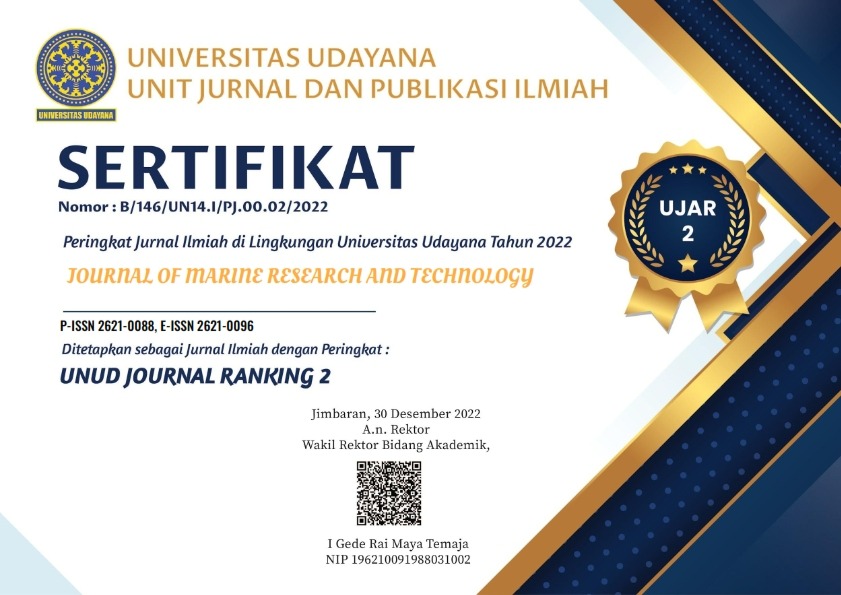Pengujian dan Penentuan Spesies Gastropoda sebagai Bioindikator di Kawasan Reboisasi Mangrove Kepulauan Seribu, Indonesia
Testing; Determination; Bioindicator; Gastropods; Mangrove Reforestation; Seribu Islands
Abstract
The development of coastal zones throughout the world has resulted in changes in the order of the mangrove ecosystem, therefore, planting activities are carried out in various regions. The study of the testing and determination of gastropod species as bioindicators in the mangrove reforestation area was carried out in the Seribu Islands. This research aims to determine how suitable the gastropod species are used as bioindicators in assessing the success of mangrove reforestation, especially in the Seribu Islands. Collection of gastropod species is done by making line transects and plots drawn from the reference point (outermost mangrove stands) and perpendicular to the coastline to the mainland. Line transects are made of plots of size 10 x 10 m and in the size of 10 x 10 m a small plot of 1 x 1 m is made. Furthermore, testing is carried out with several criteria and analyzed using multivariate Principal Component Analysis (PCA) statistics. The results of the study show that the species Littoraria scabra has met all the specified testing criteria. Then L. scabra also has the highest eigenvalue compared to the other species, making it suitable to be used as a bioindicator species in assessing the success of the Seribu Islands mangrove reforestation.
Downloads
Copyright Notice
The copyright to this article is transferred to Journal of Marine Research and Technology (JMRT). The copyright transfer covers the exclusive right and license to reproduce, publish, distribute and archive the article in all forms and media of expression now known or developed in the future, including reprints, translations, photographic reproductions, microform, electronic form (offline, online) or any other reproductions of similar nature.






